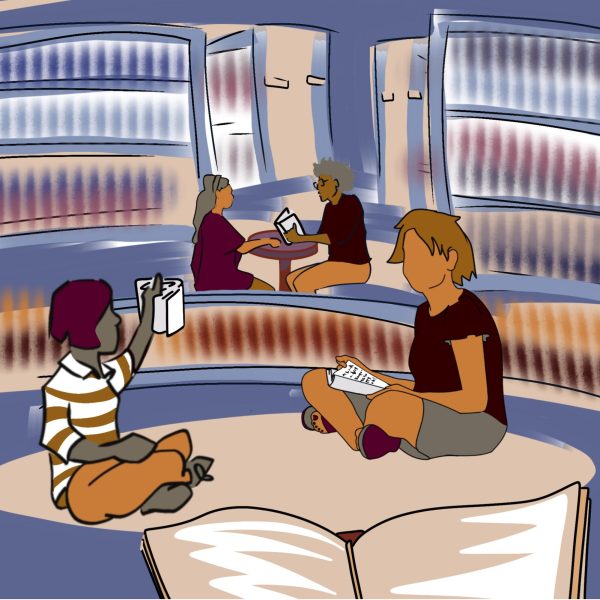Guest column: For schoolchildren, eating well is learning well
September 7, 2014
Serving food to students is what we do. As the Urban School Food Alliance, we represent six of the largest school districts in the nation (New York City, Los Angeles, Chicago, Miami, Dallas and Orlando), feeding more than 3 million elementary, middle school and high school students every school day.
Our mission is more than just supplying healthy meals for our children. We believe that school breakfast and lunch are integral to a student’s education. This is why we believe that meals need to be healthy and tasty, why we believe meals need to be accessible to all students and why we believe that mealtime needs to be viewed as part of the educational day.
The USFA strongly supports the vision of the First Lady and backs the larger goals of the 2010 Healthy, Hunger-Free Kids Act. The recent and ongoing debate in Washington on whether school food standards should be rolled back misses what we believe is the whole point of important nutritional standards: to bring healthier food onto our students’ plates and into their lives. And yes, we need to get them to eat it too.
Our districts have had success in exposing students to and having them eat meals under these new standards. Our districts have developed creative menus and innovative ways of providing lean proteins, whole wheat, low-fat dairy and fresh fruits and vegetables. We can and should demonstrate actionable leadership in this debate.
These healthy and delicious meals need to be accessible to all students. And we need to get away from the attitude that school meals are only for the kids who can’t afford to bring lunch from home. The new approach to serving American children should mean offering free lunches to all students regardless of a family’s financial need. This would not only directly benefit the children and their families, but it would also cut through the current bureaucracy and enable American companies to sell more of their healthy products to our cafeterias. We need to acknowledge that this would benefit American workers in American companies providing food to American children in American schools. It is money invested in us.
To that end, there should also be more funding allotted to the commodity food program. Doing so will allow districts to make their food-purchasing dollars go further and to remain focused on bringing healthier food into our cafeterias. The USFA can and should lead the way in setting standards and recipes that all districts, even the smaller ones, can use.
Eating is part of the educational day and mealtime needs to be treated as such. Students should be given enough time to eat so that they are not rushed or forced to skip meals altogether because of dwindling meal periods. Just like math and science, food and eating should be thought of as part of, and not an intrusion upon, the educational day. Eating well is learning well.
This is also why the debate arising from the issue of plate waste and of “healthy trash cans full of fruit” misses the point. Exposure to healthy and wholesome food takes time and has long-term value.
We challenge our teachers, our administrators and our state and government officials to look at the school breakfast and lunch not just as a meal program but also as what they were originally intended to be: enrichment programs.
























